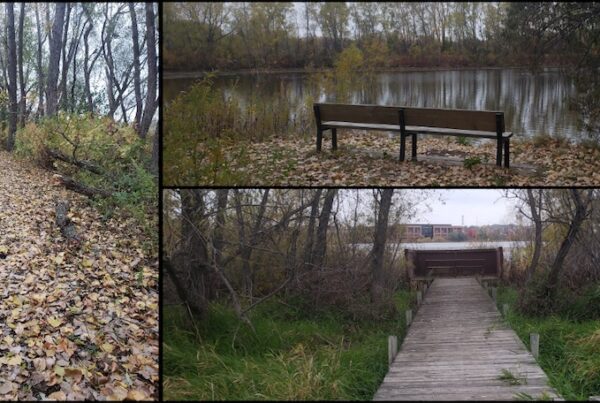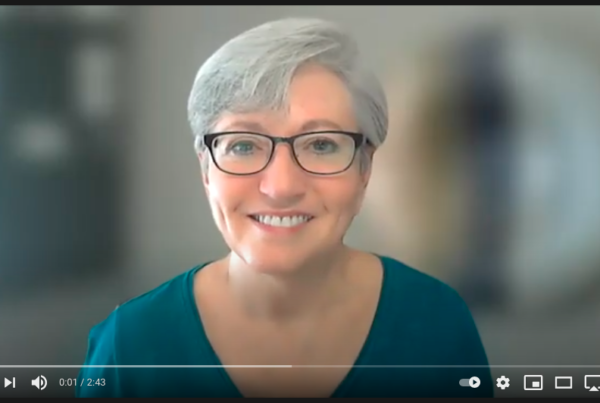Recently Sister Cordy Korkowski, the Director of Donor Relations at Franciscan Sisters of Little Falls, Minnesota asked me a few questions about donors and donor databases. Her questions are relevant to so many of you, I’m sharing my answers with you today.
Q1: How many years do you leave a donor in the database without sending a gift? Three, five, 10 years? This is assuming there is no connection that is known to us.
Lori’s Answer
Before I answered Sister Cordy’s question, I asked her a couple of clarifying questions and found that some of these lapsed donors have given larger gifts ($1000), but many of them have given smaller gifts.
 She explained that her organization does have a designation in its database for tribute or memorial gifts, but these lapsed donors do not have that designation. In fact, many of these donors had no “source” information at all. Just a date and gift listed with minimal contact information. Some hadn’t given in more than 10 years.
She explained that her organization does have a designation in its database for tribute or memorial gifts, but these lapsed donors do not have that designation. In fact, many of these donors had no “source” information at all. Just a date and gift listed with minimal contact information. Some hadn’t given in more than 10 years.
With that knowledge, I explained that she was bumping into the very reason to keep great donor records with a SOURCE of contact and a tag or attribute for the reason or or the campaign the gifts came from. Without that, you are only guessing and have to go on a hunt to learn more.
My advice is to keep a donor listed as “active” in your database for a maximum of three years with no giving activity. After that, it’s a new donor acquisition all over again.
One tip: I never “delete” donors names from a database. I move them to an “inactive” status after three years with no contact. But I make sure I’ve done all I can prior to that to learn more about them, reconnect with them and secure another gift from them.
Some ideas to reconnect with lapsed donors:
- Make a call if you have a phone number.
- Send a handwritten note if you don’t.
- Ask them to identify for you what drew your organization to them in the first place. Many may have forgotten, so don’t feel bad if they don’t know.
- Let them know about one new project or campaign.
- Invite them to an event, if possible. Could be a virtual event OR an in-person event.
- Ask if you can continue to keep in touch with them and DO ask for an email address if you don’t have one.
If they decline all future contact, thank them for their past support and as we used to say at a former employer, “bless and release them.”
Q2: Our donor base is shrinking, should we buy a list to acquire new names for our donor list?
Lori’s Answer
For small organizations with a limited budget, I’m not a fan of “buying lists.” I am a HUGE fan of growing the number of names in your database with people who want to be a part of staying connected to your organization.
To do this you have to make it incredibly easy for people to share their contact information with you via: email sign-ups on your website, at events, when you call to thank them.
One simple suggestion for the Franciscan Sisters of Little Falls to grow their email list was this:
Due to the snow and lousy weather we had on April 3 they cancelled an in-person prayer gathering. Rather than cancel the prayer meeting, my suggestion was to use a free conference call line and hold the prayer meeting via conference call with anyone who wanted to meet from the warmth and safety of their home.
In order to receive the dial-in phone number community members could click on the registration link on their website which would ask for a name and email address. They would then be provided with the free dial-in information for the hour long call.
This is a simple but convenient way to keep the community connected while also increasing the number of people listed in the data base. But the list is growing by with names of people who WANT to be there.
There are many, many ways to gather contact information that is not expensive: via thank you calls, on your website, at in-person meetings, special events, and more.
Whether it’s sharing their email address or making a financial contribution: THE KEY is to have a welcome plan (email, note card, shout out on social media) once people do share their contact information so they feel seen and connected immediately. Your board members and other volunteers can be helpful with the welcome tasks when there is limited staff capacity.
Your first connection and follow-up actions will make the difference between keeping your donors close and happy or losing them and having a shrinking donor pool each year.
For more information on connecting with lapsed donors, check out this link from the Chronicle of Philanthropy.







One Comment